Understanding Your Kitten’s Behavior
Kittens, despite their lack of spoken language, are expressive creatures. By understanding their body language, vocalizations, and behaviors, you can decipher their wants and needs, fostering a stronger bond and a happier feline friend. Here’s a breakdown of some key communication methods:
Body Language:
- Tail Position: A high, upright tail usually indicates confidence and happiness. A twitching tail shows excitement or anticipation. A swishing tail can signify annoyance or mild irritation. A tucked tail between the legs expresses fear or submission.
- Ears: Erect ears typically denote alertness and interest. Flattened ears can signal fear, aggression, or submission.
- Eyes: Wide, dilated pupils often indicate playfulness, fear, or surprise. Narrowed eyes can signify aggression, concentration, or contentment. Slow blinking is a sign of trust and affection.
- Posture: A relaxed posture with a slightly curved back and paws tucked underneath signals contentment. An arched back with raised fur suggests fear or aggression. Rolling onto their back with exposed belly can be a sign of trust and submission, inviting petting (although proceed with caution, as some kittens might see this as an opportunity for play-biting).
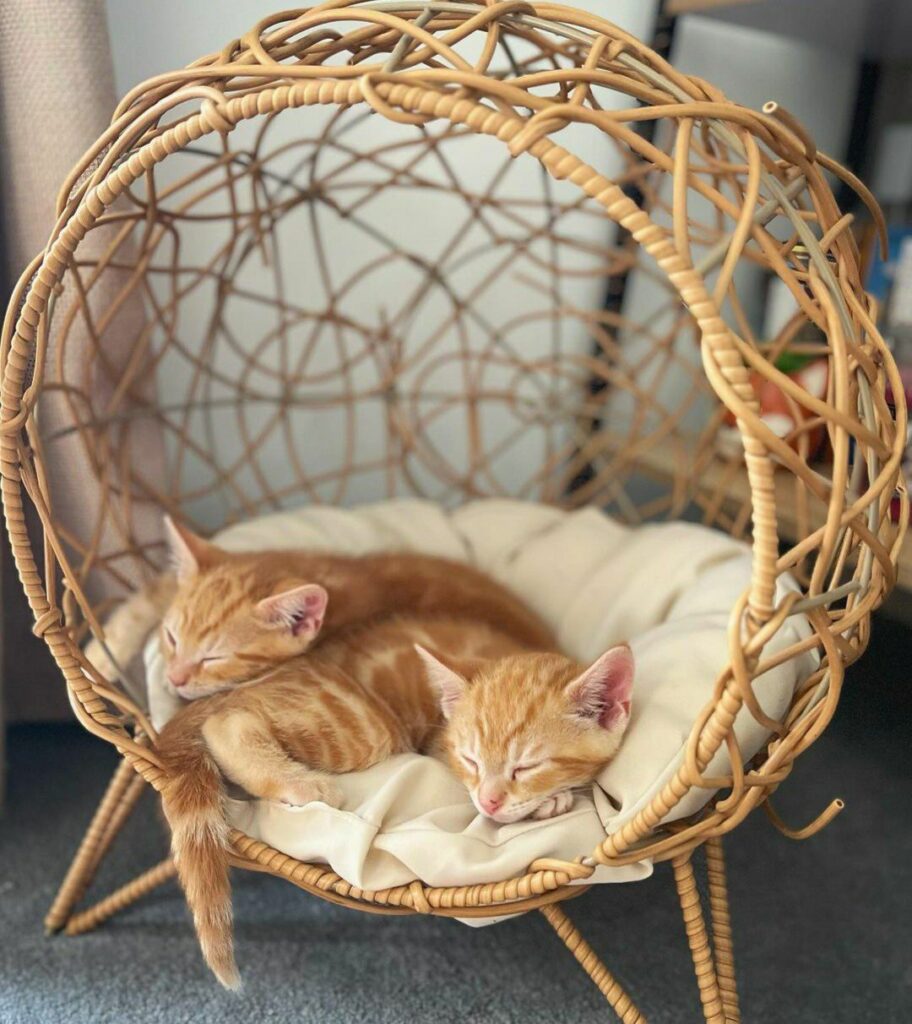
Vocalizations:
- Meows: Kittens meow to get their needs met, such as hunger, attention, or wanting to be let out. The pitch and frequency of the meow can also provide clues. A high-pitched meow often signifies distress, while a softer meow might be a greeting.
- Purring: This rumbling sound is a universally understood sign of contentment and happiness. However, purring can also occur in situations of discomfort or stress, so observe the context.
- Hissing: Hissing is a clear sign of fear, aggression, or wanting to be left alone.
- Trilling: This high-pitched warble can express excitement, greeting, or playfulness.
Behavior:
- Playfulness: Kittens are naturally playful creatures. Chasing toys, swatting at dangling objects, and pouncing are all normal behaviors.
- Kneading: This rhythmic kneading motion with their paws, often on soft surfaces like blankets, is a leftover instinct from nursing and can signify contentment.
- Scratching: Scratching is a natural behavior used for sharpening claws, marking territory, and stretching.
- Biting: While playful biting is common in kittens, it’s important to redirect this behavior with appropriate toys to avoid unwanted nips.
Putting it All Together:
By observing your kitten’s body language, vocalizations, and behaviors in context, you can begin to understand their communication. For example, a kitten with a swishing tail, flattened ears, and a low growl might be feeling threatened, while a kitten with a high tail, bright eyes, and playful meows is likely inviting playtime.
Additional Tips:
- Learn about Cat Breeds: Different cat breeds can have slightly varying temperaments and communication styles.
- Pay Attention to Context: Consider the situation when interpreting your kitten’s signals. For example, a hissing sound near the litter box might indicate discomfort, while hissing during playtime could be playful banter.
- Consult Your Veterinarian: If you’re unsure about your kitten’s behavior or suspect any underlying health issues, consult your veterinarian.
By becoming a master decoder of your kitten’s communication, you can ensure their needs are met, build a stronger connection, and create a happy and harmonious household for both of you.
When Your Kitten Is Calm
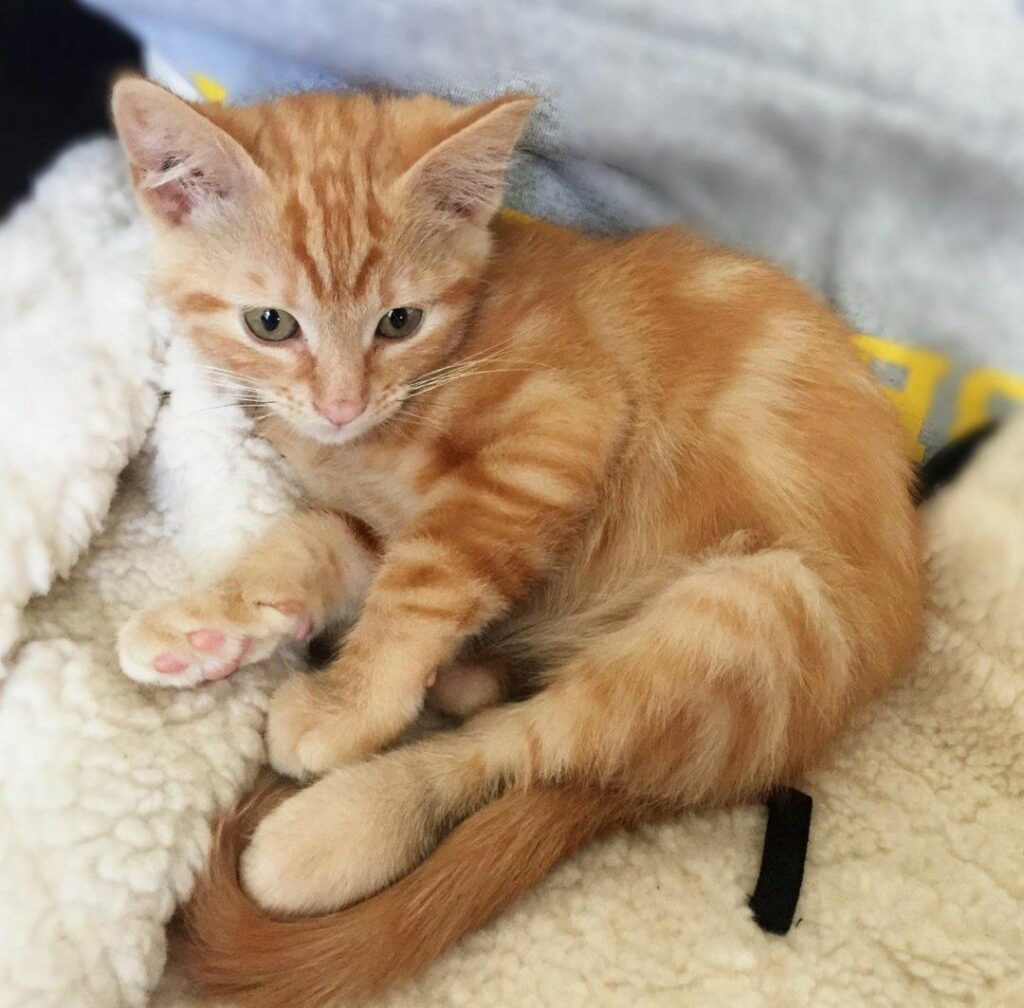
A calm posture is your kitten’s baseline, the neutral state from which all other body language signals branch out. Understanding this relaxed and content demeanor allows you to recognize even the subtlest changes that might indicate excitement, fear, or other emotions. Let’s delve deeper into deciphering your kitten’s calm posture:
Physical Signs of Calmness:
- Body Position: Your kitten’s body will be relaxed, with their weight evenly distributed on all four paws. Their back will be slightly arched, not arched high or flattened.
- Tail: The tail will typically be held upright, but not rigid or twitching excessively. A slight curve at the tip is common in a relaxed state.
- Ears: The ears will be positioned naturally, facing forward or slightly to the side. They won’t be flattened or pinned back.
- Eyes: The pupils will be constricted and appear more rounded. Your kitten’s gaze might be soft and relaxed, with slow blinking occasionally.
Additional Cues:
- Whiskers: Calm kittens usually have their whiskers relaxed and spread outwards, not flattened against their cheeks.
- Breathing: Their breathing will be slow and rhythmic, barely noticeable.
- Grooming: Kittens who feel safe and content often spend time self-grooming, licking their fur and paws.
Importance of Recognizing Calm
Understanding your kitten’s calm posture is crucial for a few reasons:
- Baseline for Comparison: It establishes a baseline for comparison. By knowing how your kitten behaves when they are relaxed and happy, you can easily identify changes in their body language that might signal other emotions.
- Building Trust: Recognizing a calm posture allows you to approach your kitten with confidence, knowing they are receptive to interaction.
- Positive Reinforcement: When you observe your kitten in a calm state, it’s a perfect opportunity for positive reinforcement with gentle petting, praise, or a favorite toy. This strengthens your bond and reinforces positive associations.
Beyond the Basics:
While a calm posture generally indicates contentment, there are a few additional things to consider:
- Individuality: Like humans, cats have individual personalities. Some kittens might be naturally more active or vocal, even when relaxed. Observe your kitten’s unique baseline behavior.
- Context Matters: Consider the context when interpreting a calm posture. For example, a calm posture while you’re offering food signifies contentment with the environment and trust in you.
By familiarizing yourself with your kitten’s calm posture and its subtle variations, you become an expert decoder of their emotional state. This understanding fosters a deeper connection, allows you to respond appropriately to their needs, and ultimately creates a harmonious and trusting relationship with your furry companion.
When Your Kitten Is Interested
A curious and engaged kitten is a happy kitten. Their body language becomes a beacon of interest, guiding you to understand what piques their attention and how to interact with them for a fulfilling playtime experience. Here’s how to decipher your kitten’s signals of interest:
Body Language of Curiosity:
- Eyes: The pupils will be dilated, appearing wider than usual. Their gaze will be focused and intently fixed on the object or situation that has captured their interest.
- Ears: Their ears will be perked up and pointed towards the source of their curiosity. This allows them to gather more information through sound.
- Whiskers: Their whiskers will be forward-facing, twitching slightly as they assess the object or situation. Whiskers act as sensory tools, helping them navigate and understand their environment.
- Body Position: Their body will be lowered slightly, with weight shifted forward in a posture of anticipation. They might also inch closer to the object of their interest.
- Tail: The tail might twitch gently or swish back and forth with excitement. It might also be held high in the air, showcasing confidence and curiosity.
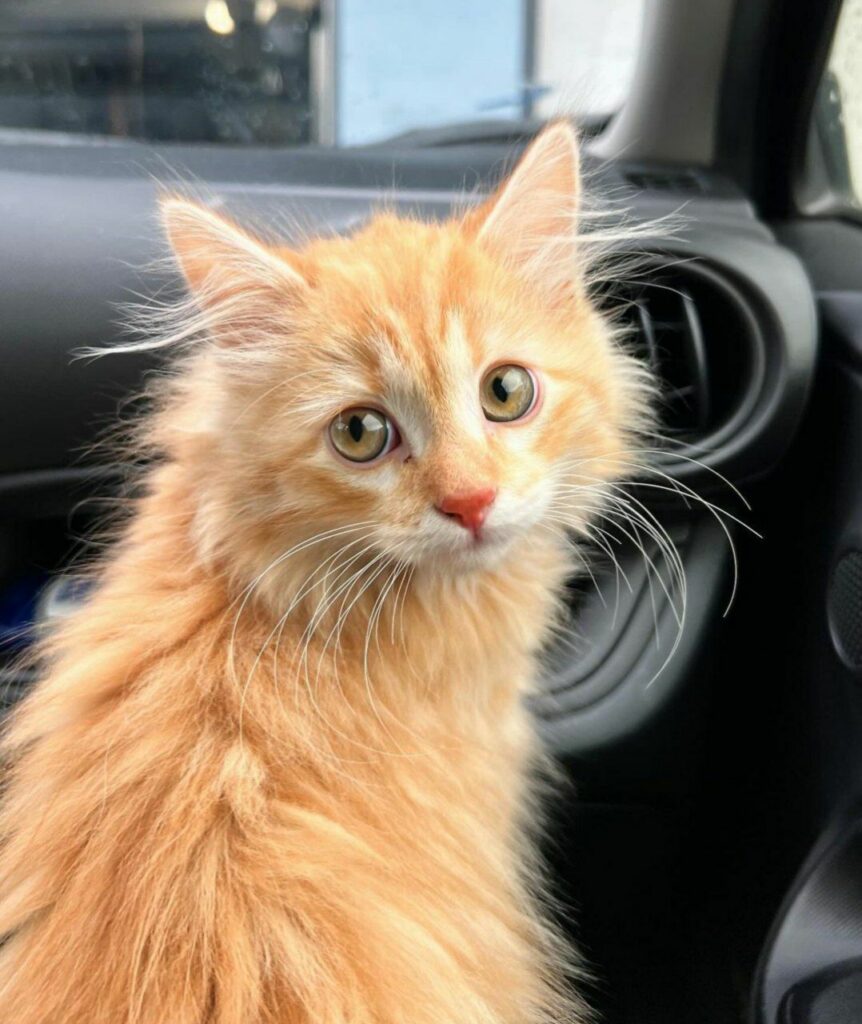
Vocalizations:
- Chirps and Trills: These high-pitched vocalizations are often signs of excitement and playfulness. They might chirp or trill at a toy or another cat to initiate play.
Engaging Playtime:
When your kitten shows interest in something, it’s the perfect opportunity to engage them in playtime. Here are some ways to make the most of it:
- Interactive Toys: Use a variety of interactive toys like feather wands, crinkly balls, or catnip-filled mice to mimic prey and stimulate their natural hunting instincts. Rotate the toys regularly to keep them interested.
- Playful Teasing: Tease your kitten gently with toys, encouraging them to pounce, chase, and swat. Never use your hands or feet as playthings, as this can lead to unwanted biting or scratching habits.
- Physical Play: Engage in some light physical play with your kitten. This could involve rolling a ball on the floor or dangling a toy from a string for them to chase.
- Scheduled Play: Schedule playtime sessions with your kitten daily. This provides mental and physical stimulation, strengthens your bond, and helps burn off their boundless energy.
Benefits of Playtime:
Engaging your kitten in play offers a multitude of benefits:
- Mental Stimulation: Playtime keeps your kitten mentally stimulated and prevents boredom, which can lead to destructive behaviors.
- Physical Exercise: Play provides essential exercise, helping your kitten maintain a healthy weight and develop muscle coordination.
- Bonding Time: Interactive play sessions are a fantastic way to bond with your kitten. These shared experiences build trust and strengthen your relationship.
By recognizing your kitten’s signals of interest and engaging them in stimulating playtime, you not only fulfill their natural curiosity but also create a happy, enriched environment for your feline friend.
When Your Kitten Is Relaxed
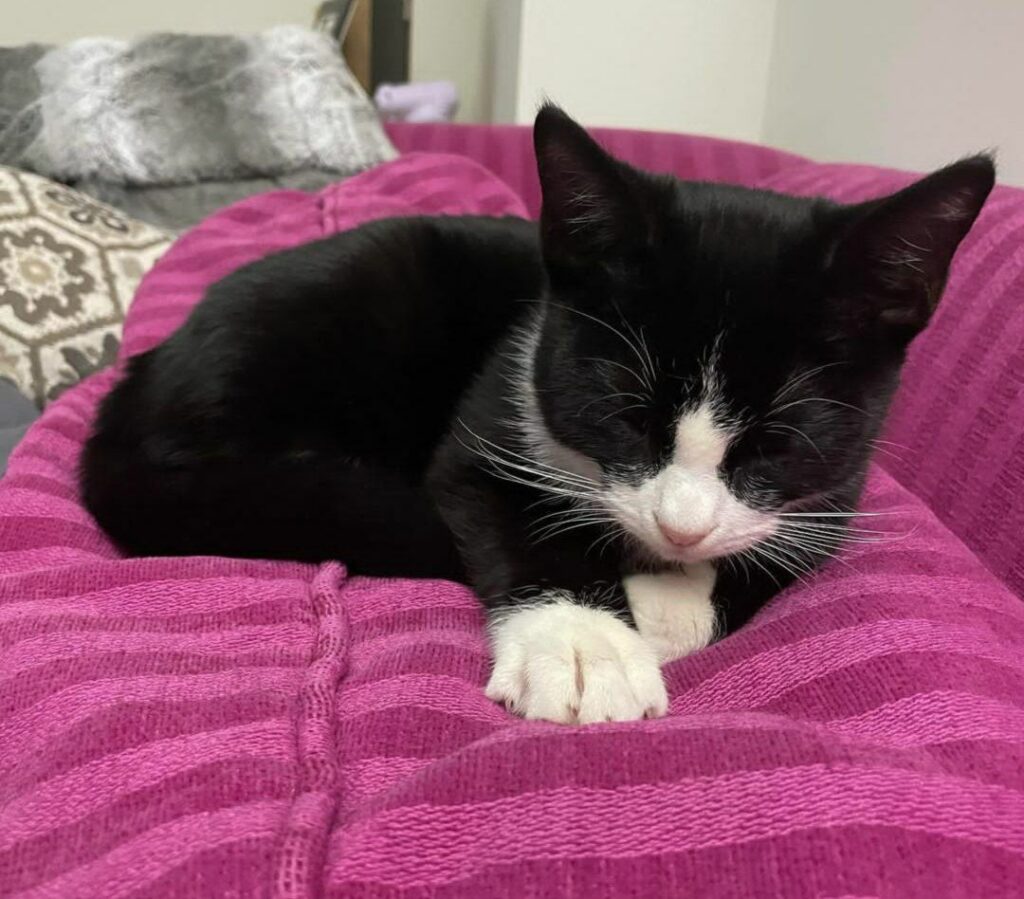
A relaxed posture is a positive sign, indicating your kitten feels comfortable and content in their environment. Being able to recognize this baseline state allows you to interpret other, more subtle changes in their body language. Here’s a breakdown of the physical signs that your kitten is feeling relaxed:
Signs of a Relaxed Kitten:
- Body Position: The most prominent indicator is a relaxed body posture. Your kitten’s weight will be evenly distributed on all four paws, with their back slightly curved and not tense or arched high.
- Tail: The tail is a major indicator of mood. In a relaxed state, the tail will typically be held upright, but not rigid or twitching excessively. A gentle curve at the tip is also common.
- Ears: Their ears will be positioned naturally, facing forward or slightly to the side. They won’t be flattened or pinned back against their head, which can signal fear or aggression.
- Eyes: The pupils will be constricted and appear more rounded. Their gaze might be soft and relaxed, with slow blinking occasionally. This slow blinking is sometimes referred to as “kitty kisses” and signifies trust and affection.
- Whiskers: Calm kittens usually have their whiskers relaxed and spread outwards, not flattened against their cheeks.
- Breathing: Their breathing will be slow and rhythmic, barely noticeable.
- Grooming: Kittens who feel safe and content often spend time self-grooming, licking their fur and paws.
Importance of Recognizing Relaxation:
Understanding your kitten’s relaxed posture is crucial for a few reasons:
- Baseline for Comparison: It establishes a baseline for comparison. By knowing how your kitten behaves when they are relaxed and happy, you can easily identify changes in their body language that might signal other emotions like excitement, fear, or anxiety.
- Building Trust: Recognizing a calm posture allows you to approach your kitten with confidence, knowing they are receptive to interaction and positive reinforcement like gentle petting or a soothing voice.
- Creating a Safe Environment: If your kitten exhibits relaxed behavior in a specific location, it indicates they feel safe and comfortable in that environment. This can be helpful when introducing them to new people, pets, or objects.
Beyond the Basics:
- Individuality: Like humans, cats have individual personalities. Some kittens might be naturally more active or vocal, even when relaxed. Observe your kitten’s unique baseline behavior.
- Context Matters: Consider the context when interpreting a calm posture. For example, a calm posture while you’re offering food signifies contentment with the environment and trust in you.
By familiarizing yourself with your kitten’s relaxed posture and its subtle variations, you become an expert decoder of their emotional state. This understanding fosters a deeper connection, allows you to respond appropriately to their needs, and ultimately creates a harmonious and trusting relationship with your furry companion.
When Your Kitten Is Worried
A worried kitten can be a heartbreaking sight. Recognizing the signs of their distress is crucial for ensuring their well-being and creating a safe and comfortable environment. Here’s a breakdown of some key indicators that your kitten might be feeling worried:
Body Language of Worry:
- Eyes: The pupils might be dilated, appearing larger than usual. However, dilated pupils can also signify excitement, so observe other signs in conjunction. They might avoid eye contact or have a wide-eyed gaze.
- Ears: Their ears will likely be flattened or pinned back against their head. This signifies fear or anxiety.
- Whiskers: Their whiskers will be flattened against their cheeks, a sign of stress or feeling threatened.
- Body Position: Their body might be hunched low to the ground, with their weight shifted back as if preparing to flee. They might also try to make themselves appear smaller by tucking their tail between their legs.
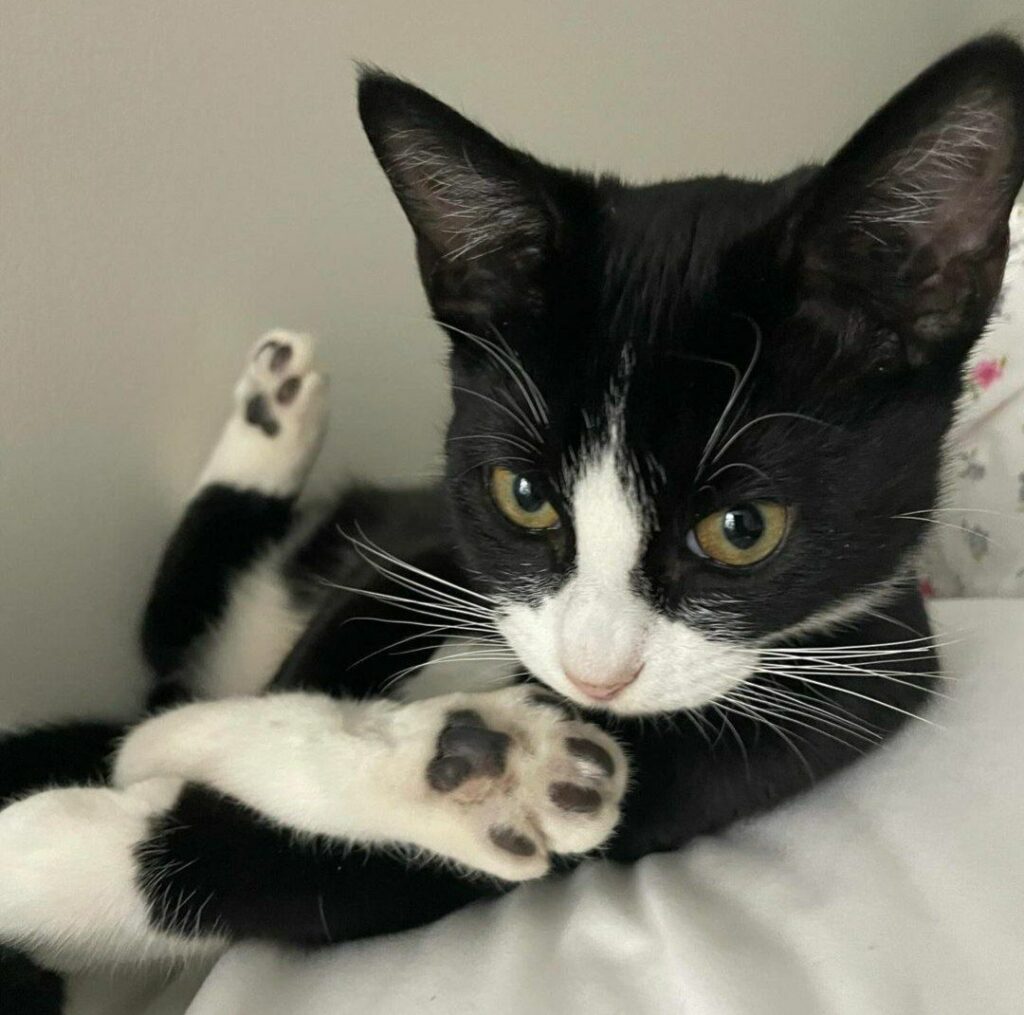
- Tail: The tail might be twitching rapidly or swishing back and forth in agitation. In some cases, it might be tucked between their legs, signifying fear.
Vocalizations:
- Hissing: Hissing is a clear sign of fear, aggression, or wanting to be left alone.
- Growling: A low growl is another sign of fear or warning to back off.
Behavior:
- Hiding: A worried kitten will likely seek out a hiding place, such as under a bed or behind furniture. This is a natural instinct to avoid perceived threats.
- Shivering: Shivering can be a sign of fear or cold.
Taking Action:
If you notice your kitten exhibiting signs of worry, it’s important to take action:
- Remove the Trigger: If you can identify the source of their worry (loud noise, new person, unfamiliar object), try to remove it from the environment.
- Provide a Safe Space: Ensure your kitten always has access to a designated safe space, like a cozy cat bed or a designated hiding spot. This allows them to retreat and self-calm when feeling overwhelmed.
- Offer Comfort (Cautiously): If your kitten seems receptive, offer gentle comfort and soothing words. However, avoid forcing interaction if they seem fearful.
- Give Them Time: Sometimes, the best course of action is to give your kitten space. Allow them to come to terms with the situation on their own.
Creating a Secure Environment:
To prevent worry and promote your kitten’s well-being:
- Gradual Introductions: Introduce new people, pets, or objects slowly and in a controlled manner, allowing your kitten to adjust at their own pace.
- Vertical Space: Provide vertical spaces like cat trees or shelves. This allows your kitten to climb and perch in high places, offering them a sense of security and control.
- Routine: Establish a consistent routine for feeding, playtime, and litter box use. This predictability helps your kitten feel secure and reduces anxiety.
By recognizing the signs of worry in your kitten and taking steps to address them, you can create a safe and secure environment where they feel comfortable to explore and thrive. Remember, patience and understanding are key to building trust and a strong bond with your furry friend.
When Your Kitten Is Fearful
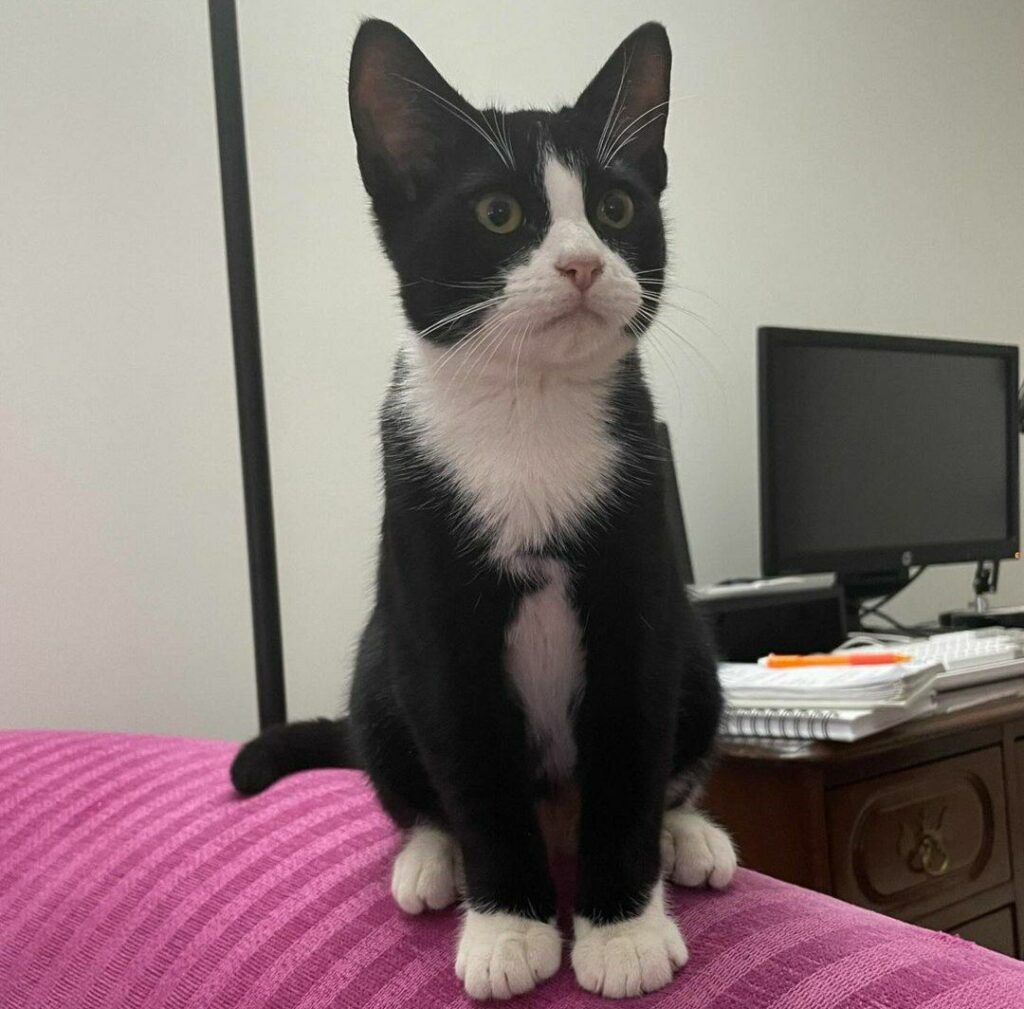
Fear is a natural response for kittens in unfamiliar or threatening situations. Understanding their body language cues allows you to identify their fear and take steps to create a safe and calming environment. Here’s a deeper dive into how kittens express fear:
Body Language of Fear:
- Arched Back and Puffed Tail: As you mentioned, this is a classic fear posture. The arched back and puffed-up fur make the kitten appear larger and more intimidating to potential threats.
- Flattened Ears: The ears will be flattened against the head, signifying submission and fear.
- Dilated Pupils: The pupils will be dilated, allowing them to take in more information about the perceived threat.
- Hunched Posture: The kitten’s body will be crouched low to the ground, with their weight shifted back as if ready to bolt.
- Tucked Tail: The tail might be tucked between their legs, signifying fear and submission. In some cases, it might lash or twitch rapidly.
Vocalizations:
- Hissing: Hissing is a clear sign of fear and a warning to back off.
- Growling: A low growl is another vocalization indicating fear and a threat to stay away.
Behavior:
- Hiding: A scared kitten will likely seek out a hiding place, such as under furniture or behind a curtain. This is a natural instinct to avoid perceived danger.
- Shivering: Shivering can be a sign of intense fear or being cold.
Taking Action:
- Remove the Threat: If possible, identify and remove the source of the fear (loud noise, unfamiliar object, another animal).
- Provide a Safe Space: Ensure your kitten has access to a designated safe space, like a cozy cat carrier or a designated hiding spot, where they can retreat and feel secure.
- Offer Comfort (Cautiously): If your kitten seems receptive, offer gentle petting and soothing words in a calm voice. However, avoid forcing interaction if they seem extremely fearful.
- Be Patient: Give your kitten time to calm down on their own. Sometimes, the best course of action is to provide space and let them approach you when they feel ready.
Preventing Fear:
- Positive Introductions: Introduce new people, pets, or objects slowly in a controlled manner. Create positive associations through treats and praise.
- Familiar Routine: Establish a consistent routine for feeding, playtime, and litter box use. Predictability helps kittens feel secure and reduces anxiety.
- Respect Their Boundaries: Pay attention to your kitten’s body language and respect their boundaries. Forcing interaction when they seem fearful can worsen their anxiety.
By recognizing the signs of fear in your kitten and taking steps to address them, you can build trust and create a safe haven where they feel comfortable to explore and thrive. Remember, a calm and patient approach is key to creating a strong and loving bond with your feline companion.
Kittens are like little sponges, absorbing behaviors and social cues from those around them. During their crucial socialization period (typically from 2-7 weeks old), they learn essential communication skills and social interactions primarily from their mother and littermates. When they enter your home, this influence continues, and it’s up to you to guide their behavior and shape them into happy, well-adjusted feline companions. Here’s a breakdown of how to guide your kitten’s behaviors:
Understanding Early Influences:
- Play Biting: Kittens learn bite inhibition through play with their littermates. If a bite is too strong, their sibling yelps and stops playing, teaching them bite control.
- Scratching: Mother cats scratch to sharpen their claws and mark territory. Kittens naturally mimic this behavior.
- Litter Box Use: Mother cats typically clean their kittens and keep the litter box clean, encouraging proper litter box usage.
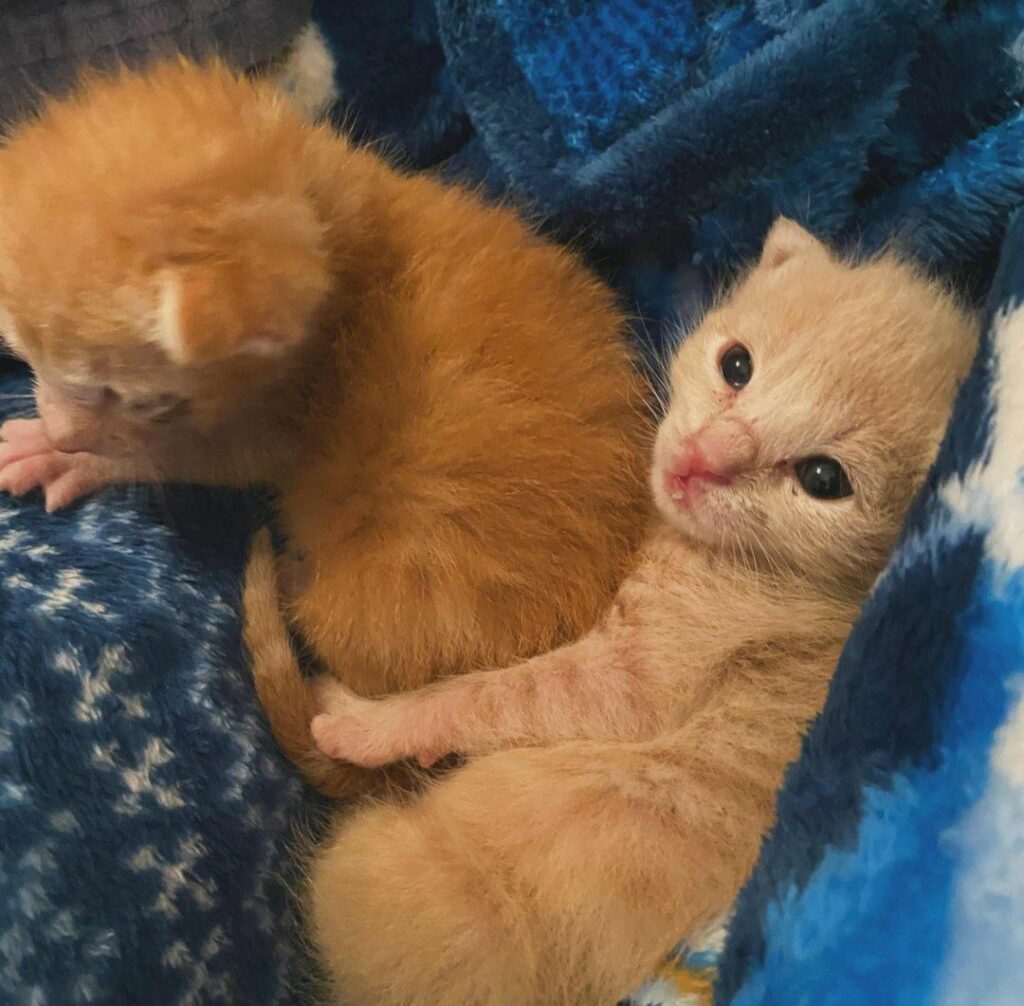
How To Encourage Good Behavior

Positive Reinforcement:
- Praise and Treats: This is the golden rule! When your kitten exhibits good behavior, like using the litter box or playing with a toy, shower them with praise and offer a small treat. This positive association strengthens the desired behavior and encourages them to repeat it.
- Playtime: Interactive play sessions are a fantastic way to reinforce good behavior. Engaging your kitten in play with appropriate toys redirects their energy and satisfies their natural hunting instincts. This reduces the likelihood of them engaging in unwanted behaviors like scratching furniture or biting.
- Attention: Give your kitten plenty of attention when they’re calm and well-behaved. Petting, grooming, and talking in a soft voice all show affection and create a positive association with good behavior.
.
Redirection:
- The Right Outlet: When your kitten exhibits unwanted behaviors like scratching furniture or biting, gently redirect them to an appropriate outlet. Provide a scratching post for scratching urges and redirect nipping towards a chew toy. This teaches them the acceptable way to fulfill their natural instincts.
- Ignore Unwanted Attention-Seeking: Sometimes, kittens might resort to nipping, meowing, or jumping to get attention. If the behavior is negative, resist the urge to give them attention, even negative attention. This can reinforce the undesired behavior. Wait until they calm down and exhibit good behavior before giving them any positive attention.
Setting Boundaries and Routine:
- Consistent Routine: Establish a consistent routine for feeding, playtime, and litter box cleaning. Predictability helps kittens feel secure and reduces anxiety, leading to better behavior.
- Boundaries and “No”: While harsh punishment is counterproductive, it’s important to establish boundaries with a firm “no” when your kitten engages in unacceptable behavior. The tone of your voice is key – a firm but calm “no” is sufficient. Follow it up with redirection to an appropriate outlet.
- Kitten-Proofing: Make your home kitten-proof by removing or securing electrical cords, poisonous plants, and other tempting objects. This prevents them from developing bad habits like chewing on wires.
Enrichment:
- Mental Stimulation: Provide your kitten with enrichment activities to keep them mentally stimulated and prevent boredom. This could include puzzle feeders, catnip toys, climbing structures, or window perches for birdwatching. A mentally stimulated kitten is less likely to engage in destructive behaviors.
Addressing Underlying Issues:
- Medical Concerns: Sometimes, excessive negative behaviors can indicate underlying medical issues like parasites or dental problems. If you’re concerned about your kitten’s behavior, consult your veterinarian to rule out any medical causes.
- Stressful Environment: Sudden changes in routine, new pets, or loud noises can stress your kitten, leading to behavioral issues. Provide a safe space for them to retreat to and gradually introduce any changes to their environment.
Patience and Consistency:
Remember, shaping behavior takes time and patience. Be consistent with your approach, using positive reinforcement and redirection techniques. Avoid getting frustrated or resorting to punishment. With consistent effort and positive reinforcement, you can cultivate a happy and well-behaved feline companion
What Causes Unwanted Behavior In Kittens?
Unwanted behaviors in kittens can be frustrating, but they often stem from a deeper cause. Understanding these reasons can help you address the root of the problem and promote positive behavior. Here’s a breakdown of some common culprits behind unwanted behaviors:
Feeling Unsettled or Uncomfortable:
- New Environment: Changes in routine or environment, like moving to a new home or introducing a new pet, can be stressful for kittens. This stress can manifest in behaviors like scratching furniture, inappropriate elimination, or excessive vocalization.
- Lack of Routine: Kittens thrive on predictability. An inconsistent feeding schedule, litter box cleaning, or playtime can lead to anxiety and unwanted behaviors.
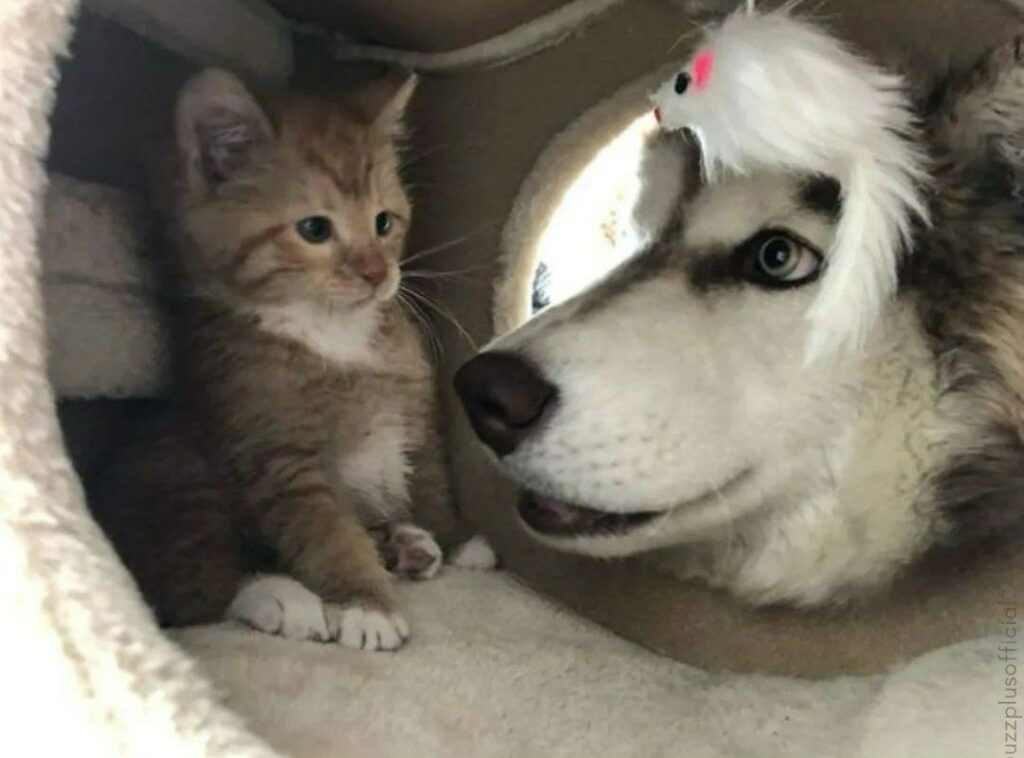
- Medical Issues: Sometimes, medical problems like parasites, dental issues, or urinary tract infections can cause discomfort and lead to behaviors like litter box avoidance or excessive scratching.
Unfulfilled Needs:
- Scratching Needs: Scratching is a natural behavior for cats. If they don’t have a suitable scratching post, they might resort to scratching furniture.
- Playtime Needs: Kittens have boundless energy. If their play needs aren’t met, they might resort to destructive behaviors to channel their energy.
- Attention Seeking: Kittens crave attention. If they feel ignored, they might engage in negative behaviors like nipping or meowing excessively to get your attention.
Improper Training:
- Lack of Boundaries: Kittens need to learn acceptable behaviors. If you don’t establish boundaries and redirect them from unwanted behaviors like biting or scratching, they might continue these actions.
- Inconsistent Reinforcement: Positive reinforcement is most effective when it’s consistent. If you reward your kitten for good behavior sometimes but not always, they might become confused and continue unwanted behaviors.
Addressing the Root Cause:
- Identify the Cause: The first step is to identify the underlying cause of the unwanted behavior. Consider any recent changes in your kitten’s environment, routine, or health.
- Address the Issue: Once you identify the cause, take steps to address it. This might involve providing a scratching post, establishing a consistent routine, scheduling playtime sessions, or consulting your veterinarian to rule out medical issues.
- Positive Reinforcement: Continue using positive reinforcement techniques like praise, treats, and attention to encourage good behavior.
Be Patient:
Remember, changing behavior takes time and patience. Be consistent with your approach and avoid punishment. With a positive and understanding approach, you can help your kitten overcome unwanted behaviors and develop into a happy and well-adjusted feline companion.
Your Kitten's Grooming Habits

Kittens are meticulous groomers, spending a significant portion of their day cleaning their fur. This behavior serves a dual purpose: hygiene and emotional well-being.
Hygiene:
- Regular cleaning: Regular grooming removes dirt, debris, and loose fur, preventing mats and tangles. It also helps distribute natural oils throughout the fur, keeping it healthy and waterproof.
- Preventative measure: Grooming helps prevent parasites like fleas and ticks. Their saliva can irritate the skin, and fleas can cause anemia.
Emotional Well-being:
- Self-soothing: Self-grooming is a calming and self-soothing activity for kittens. It can help them relieve stress, anxiety, and boredom.
- Motherly behavior: The act of licking themselves mimics the grooming they received from their mother as kittens. This can provide a sense of comfort and security.
How Kittens Groom:
- Spiky Tongue: A cat’s tongue has numerous spines, or papillae, that act like a comb to remove dirt and loose fur.
- Paw Cleaning: They dampen their forepaws with saliva and use them to scrub their face, head, and ears.
- Full Body Grooming: Kittens can contort themselves to reach every part of their body.
What to Expect:
- Frequency: Kittens typically groom themselves several times a day.
- Duration: The duration can vary, but some grooming sessions can be quite extensive.
- Social Grooming: As kittens mature, they might groom you or other pets in their social circle, strengthening social bonds.
When to Worry:
- Excessive Grooming: If your kitten seems to be grooming excessively, it could be a sign of stress, anxiety, boredom, or a skin condition. Consult your veterinarian if you’re concerned.
- Bald Patches: Excessive grooming can sometimes lead to bald patches. This could be a sign of a medical condition or a behavioral issue.
Tips:
- Brushing: Regular gentle brushing can help remove loose fur and prevent mats, especially for longhaired kittens.
- Provide Enrichment: Provide enrichment activities to keep your kitten mentally stimulated and reduce boredom, which can lead to excessive grooming.
- Monitor Behavior: Observe your kitten’s grooming habits. If you notice any changes, consult your veterinarian.
By understanding your kitten’s grooming habits and their underlying reasons, you can ensure they have a clean, healthy, and happy life.
The Evolution Of a Cat's Behavior
The evolution of a cat’s behavior is fascinating, particularly when compared to other domesticated animals. Here’s a breakdown of some key points:
Relatively Recent Domestication:
- Independent Spirit: Unlike dogs, which have been domesticated for tens of thousands of years and bred for specific purposes, cats are relative newcomers to the domestic scene. Their domestication is estimated to have begun around 10,000 years ago. This short timeframe explains their independent streak.
Mutualistic Relationship:
- Mousers, Not Companions: Unlike dogs, which were bred for specific tasks like herding or guarding, cats were likely drawn to human settlements to control rodent populations. The relationship evolved into a mutually beneficial one – humans gained pest control, and cats gained access to a reliable food source.

Retained Wild Instincts:
- Predatory Drive: Despite domestication, cats retain many of their wild instincts. Their strong hunting instincts are evident in their play behavior and their love for stalking toys.
- Solitary Nature: Unlike social animals like dogs, cats are naturally solitary creatures. While they can form bonds with humans and other cats, they tend to be more self-sufficient.
Physical Similarities to Wild Ancestors:
- African Wildcat Connection: Genetically, domestic cats are very similar to the African Wildcat, believed to be their ancestor. This close resemblance extends to physical appearance and some behaviors.
- Wild Cat Traits: Many wild cat behaviors are mirrored in domestic cats, such as territorial marking through spraying and scratching, the stalking crouch during play, and the use of scent glands for communication.
Impact of Selective Breeding:
- Breed Variation: Selective breeding for specific traits has resulted in a wide variety of cat breeds, each with its own unique characteristics. Some breeds, like Persians, are known for their docile personalities, while others, like Siamese, are known for their vocal nature.
Conclusion:
The evolution of cat behavior offers a unique perspective on the human-feline relationship. While cats have adapted to living alongside humans, they haven’t undergone the dramatic behavioral changes seen in other domesticated animals. This independent spirit, coupled with their retained wild instincts, is what makes cats such intriguing and captivating companions.
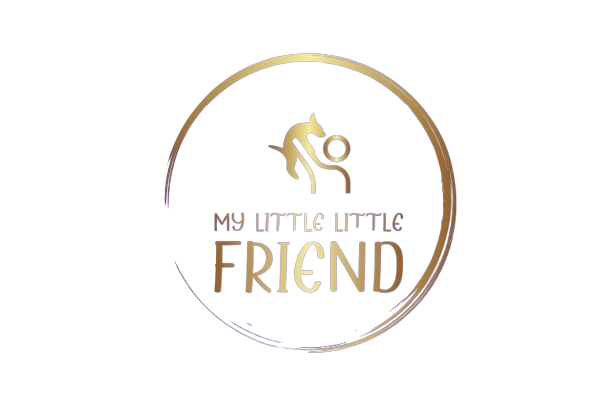

I am extremely inspired together with your writing skills and also with the format in your weblog. Is that this a paid topic or did you modify it your self? Either way keep up the nice high quality writing, it is rare to look a great weblog like this one nowadays. !